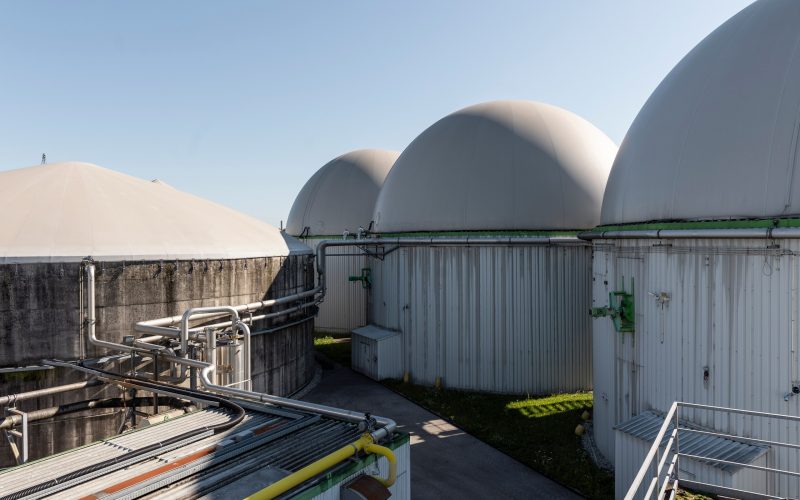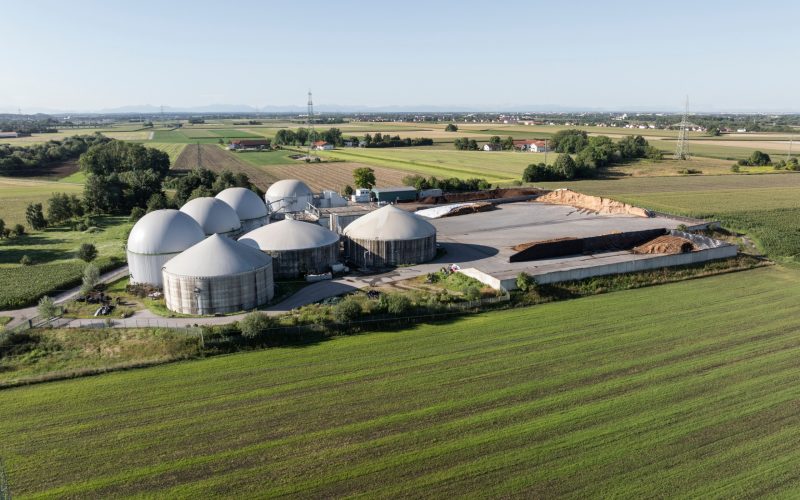The future of transport fuel — EBA
We are ready to share current data on the use of liquefied natural gas (LNG), compressed natural gas (CNG), and biomethane authored by the European Biogas Association.
Bio-LNG production
All Bio-LNG production use sustainable feedstocks, mainly agriculture residues and municipal waste.
One plant is already using the Bio-CO2 stream for further application and another 13 plants are planning to do so. Germany, Italy and the Netherlands are expected to be the leading Bio-LNG producers in the years ahead.
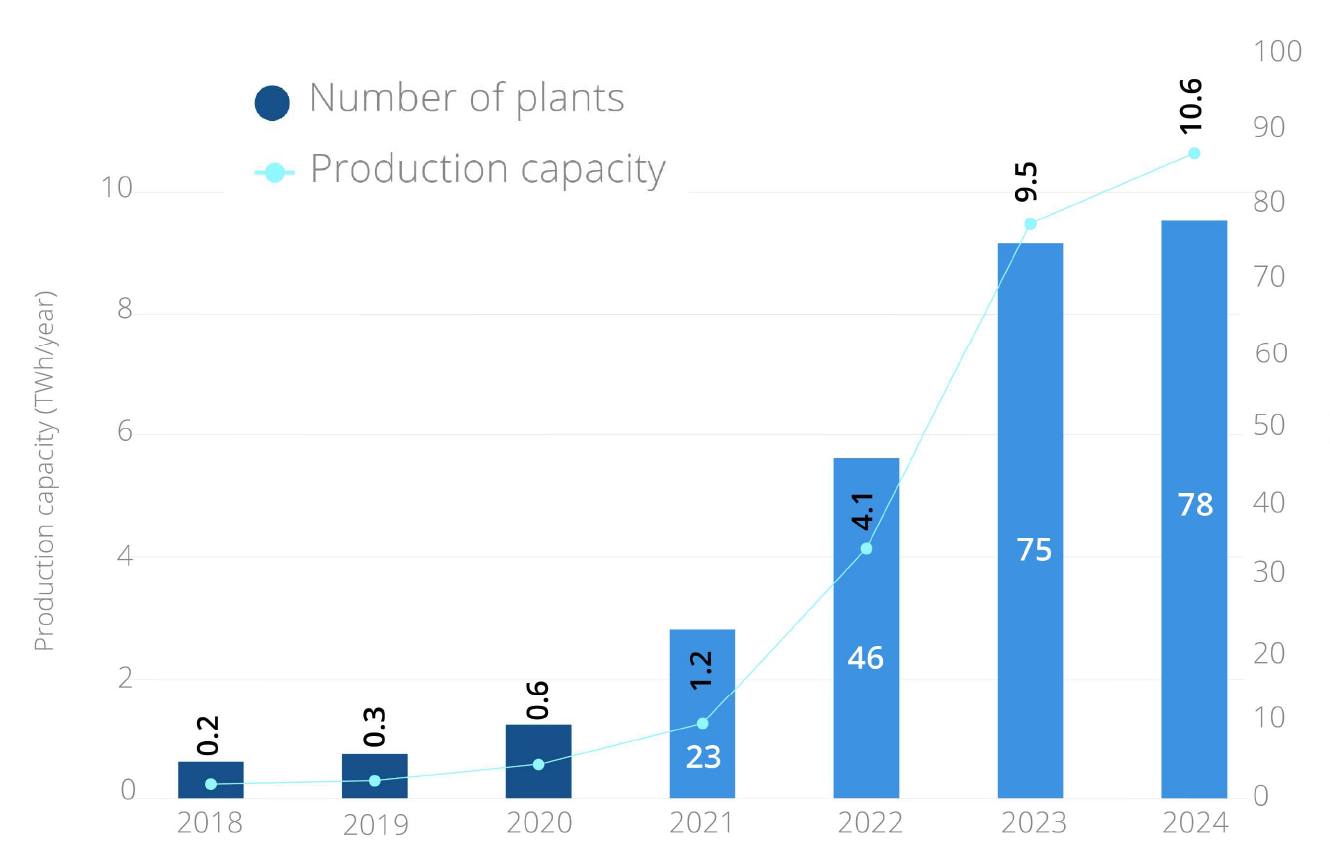
Bio-CNG and Bio-LNG infrastructure
An extensive network of CNG and LNG filling stations is already in place in Europe and a large portion delivers Bio-CNG and Bio-LNG. Either via direct physical delivery or via GOs.
There are 4,056 CNG and 441 LNG filling stations in service in Europe of which it is estimated 1,500 provide Bio-CNG and 100 Bio-LNG.
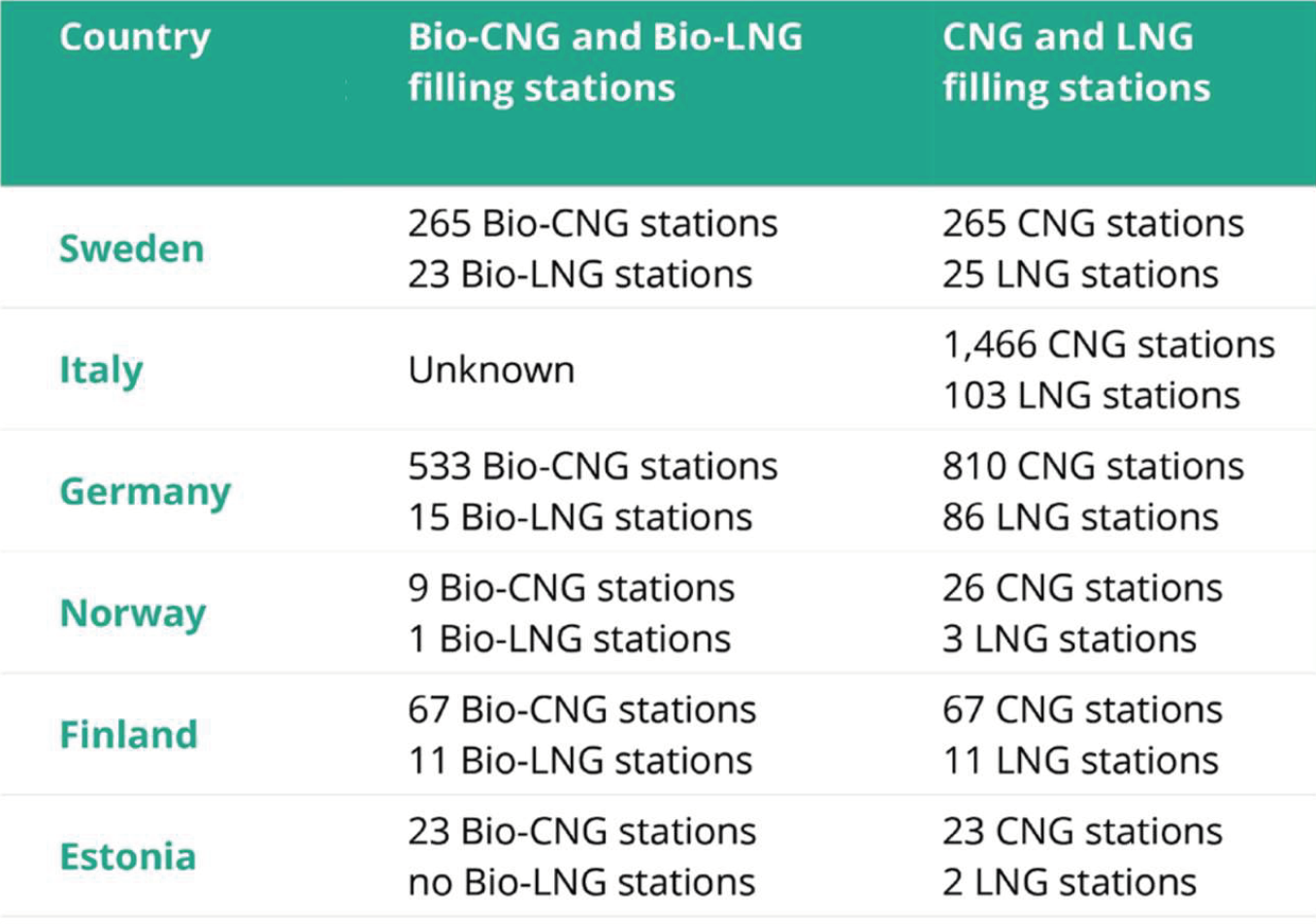
Countries dedicated to biomethane use in transport
Several countries specifically encourage the use of biomethane in transport: Estonia, Sweden, Finland, France, Italy, The Netherlands.
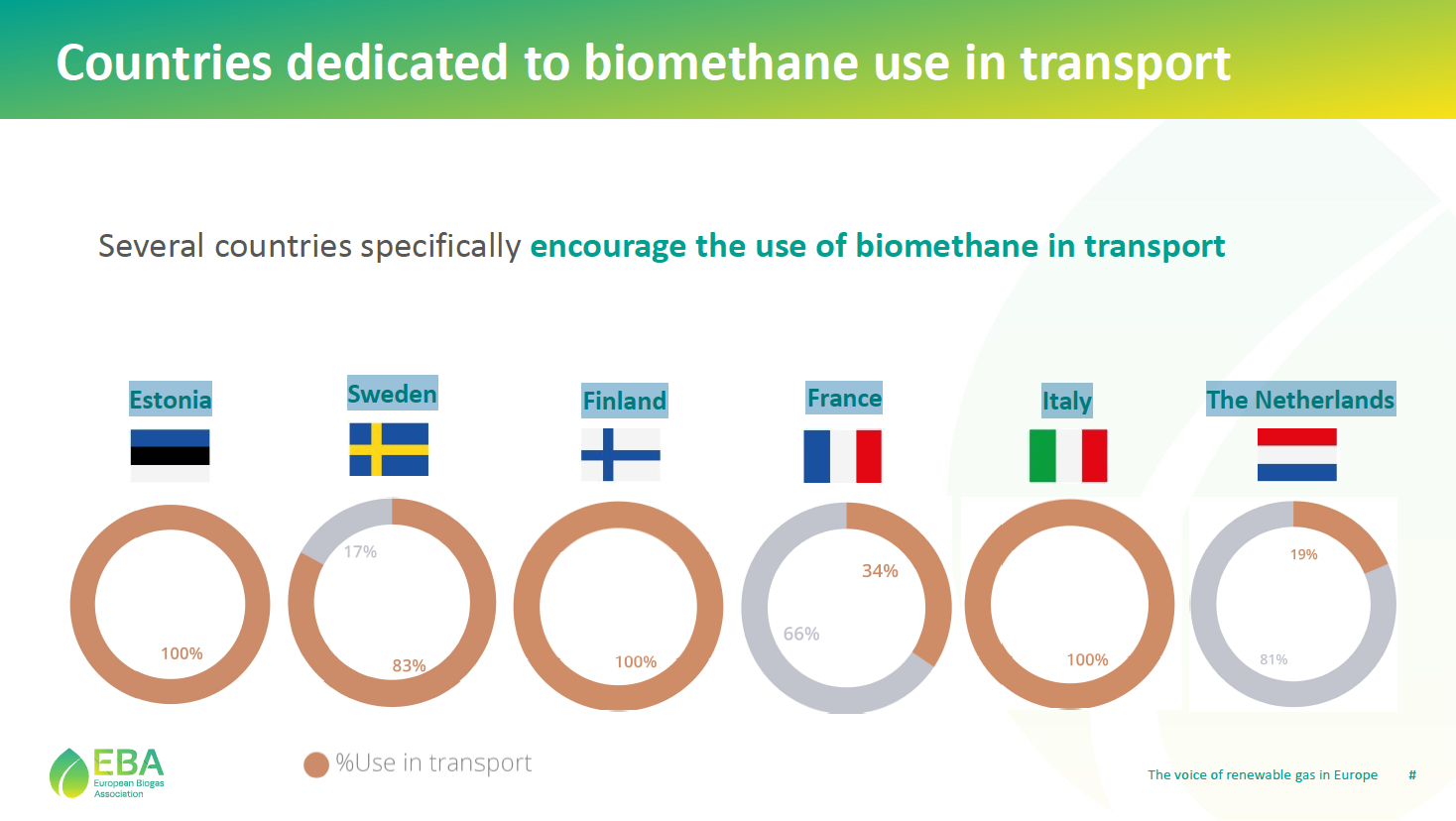
Abbreviation: LNG — liquefied natural gas; CNG — compressed natural gas.
Source: European Biogas Association.

